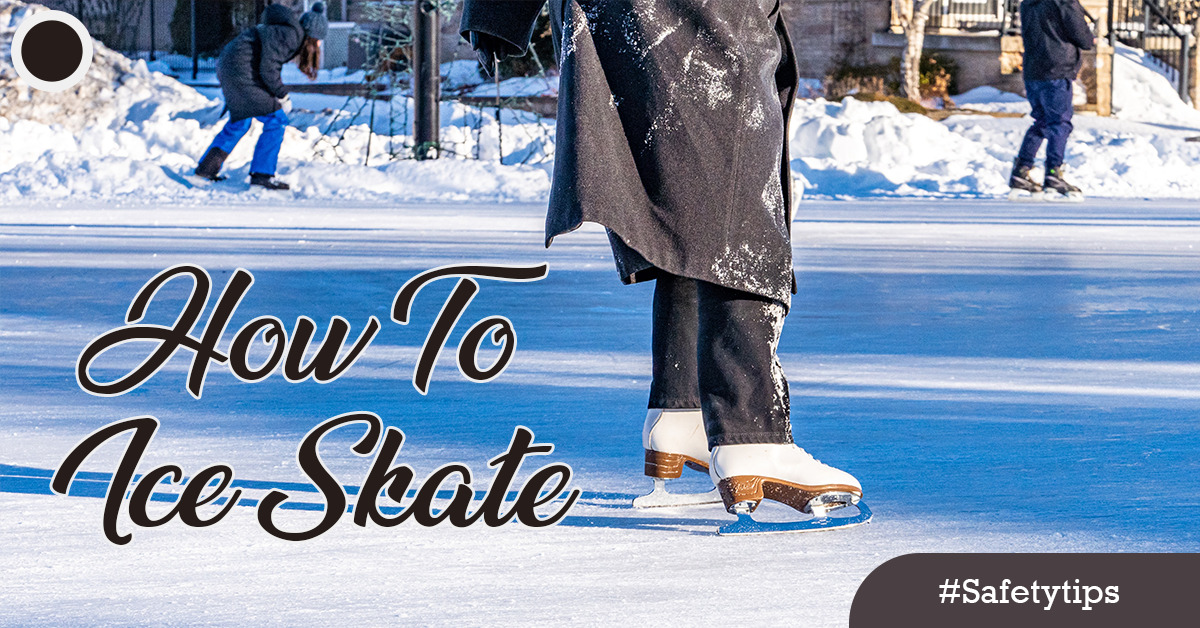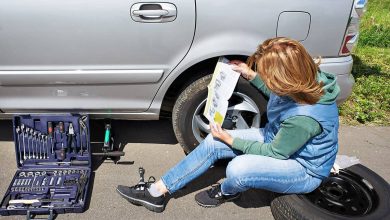How To Ice Skate( The You Need To Know)

How To Ice Skate: Have you ever envied the graceful skaters who don’t need to hang on to the sides of the rink? In preparation for the ice-skating season, here are some suggestions for boosting self-assurance on the rink. With the holiday season rapidly coming, many individuals will be preparing to go to the ice for a whirlwind skate. However the question of “how to skate” persists. EnoughInfo.com

Those of you who are into pilates and yoga will have a leg up on the competition because ice skating requires a lot of core strength. Little tweaks may have a significant impact, so don’t try to make up for a lost time by making massive, sweeping moves in your technique; reserve that for your next dancing lesson (on dry land).
FAQs & Answers on How To Ice Skate
1. I experienced a panic attack when I first stepped onto the ice. What may be useful?
Consider going with a family member or friend who is skilled at skating and can assist you.
2. If you haven’t gone ice skating in a while, will you forget it or will you remember everything?
It may take some time to get back into skating if you haven’t done it in a long, but eventually, if nothing else, your muscle memory will take over. Although it might be challenging at first, you’ll discover that you’ll be able to get the motion going more easily than the first time you went skating. The more skating you’ve done in the past, the more you’ll probably recall — the more experience you have with it, the quicker it will come back.
3. On the ice, how do I turn?
Slowly coming to a stop, you turn your body in the desired direction. With your leading skate, start moving in the desired direction before gliding there. How To Stop On Skis( Ultimate Steps and Guide)
How to ice-skate
When it comes to most sports, the key is to have confidence in your ability to succeed. If you think you can’t do anything, you’ll likely fail, and skating is no exception. In addition, it’s crucial to understand that falling is a part of learning to skate, and while it can hurt occasionally, falling is not anything to be afraid of.
Here is a starting point for beginners who want to learn how to skate.
What to wear to skate
Put on lighter clothing
Choose lightweight clothing that won’t get cumbersome while wet during ice skating. As skating is an activity, once you start moving around, your body will warm up and keep you from feeling chilly on the ice. Leotards, tights, or leggings look best with fitted tops.
- Wear comparable clothing if you’re skating outside. Nonetheless, you might wish to add layers or use somewhat heavier materials. For instance, layer a form-fitting sweater over a thin tank top.
Wear a light coat or a fitting sweater
Use a light jacket or coat as you won’t be moving around very aggressively during introductory exercises. In order to avoid getting in the way of your skating movements on the ice, this costume should be simple to put on and take off in case you start to perspire. How To Learn Faster(Steps and Requirements)
- For an ice skating suit, a fitting sweater is a terrific option.
Look for skates that properly fit
Skates come in most shoe sizes and should be tailored for comfort. You may rent ice skates to get started skating. This enables you to experiment with several brands and sizes to discover what suits you. Visit a pro shop to be fitted.
Put on tights or socks
Use microfiber socks or skating tights to keep your feet toasty. To keep you warm, it’s critical that your feet receive the least amount of moisture exposure. When skating, use either microfiber clothing or tights.
- Avoid donning cotton socks. Your feet will become chilly from these socks’ poor moisture absorption.
For your protection, put on a helmet
If you fall on the ice, this will protect your head from harm.
Learning the Basics
Have a practice fall
This is expected because falling is a part of the activity. Using the proper approach when you fall helps prevent injuries. Practice falling should be your initial step. When you sense that you are losing your equilibrium, do the following actions to fall safely:
- Bend your knees and stoop into a dip posture if you expect to need to fall.
- Leaning forward and falling sideways, put your hands on your lap. As soon as you hit the ground, turn over and get on your knees.
- Put your feet between your hands one at a time. Then, raise yourself up slowly.
Acquire the ability to stop
You need to know how to stop after you’re confidently skating around the rink while executing swizzles, glides, and stroking. Put your feet together and stand together. When skating, spread your feet apart and stick one skate out to the side. Your body will cease moving as a result of this pushing some frost off of the ice. The movement is comparable to skiing. How To Overcome Jealousy In A Romantic Relationship
Perform some basic gliding
You may shift from marching to skating by gliding across the ice. Take two steps forward while allowing your body to sag slightly. Do this repeatedly until you are at ease. Then, while you glide, start lifting one foot.
- In figure skating, raising one foot at a time is alternated. You may get used to the sensation by gliding.
Try stroking
The only difference between gliding and striking is the length of the motion. Lift one foot as you glide after marching, then put that foot down and raise the other. The basis for fundamental skating is laid down here. Up till you feel comfortable, repeat the process.
Do swizzles
Put your heels together after you’ve started to glide. Slide your feet apart after that. Point your toes together after that. Repetition of this action will result in an hourglass-shaped track being left on the ice.
- Swizzles allow you to skate normally while yet keeping your feet on the ice.
- Swizzles should be practiced until you are entirely at ease with the technique. You can eventually begin raising your skates alternately off the ice while you skate.
How to Use the Correct Method
First, warm up. Before skating, you should do a fast warm-up
While your body might not be used to the cold, this will aid in preventing you from getting sore when skating. Cramping may initially be more common because of the weather. To warm up before skating, just stretch each leg over the boundaries at the rink. How To Improve Your Cognitive Skills
Avoid looking down
At first, you might be tempted to check your legs to make sure you’re performing the exercise properly. This won’t truly make you skate better and could even result in accidents. Keep your head up to avoid slamming into other people on the ice.
While you skate, lean forward
When skating, always take a tiny forward tilt. Keep your weight forward while bending your knees. You run the risk of falling backward onto the ice if you lean back.
Repeat this often
Ice skating is challenging and requires extensive practice. Even though you might initially feel overwhelmed, practice many times every week. Figure skating will ultimately become second nature to you.
- Since you can’t see yourself, it’s hard to evaluate your own technique. Check to see if you can locate qualified instruction in your region for a reasonable fee. You can browse online or in your neighborhood skating rink for flyers.
Conclusion
Although though learning to skate on the ice may seem scary, it is possible with the appropriate tools and some patience. To ensure your safety on the ice, use the proper material. Get some fundamental motions down. Improve your method. Take courses if you’re committed to learning how to figure skate.
Recommended;
How To Stop On Skis( Ultimate Steps and Guide)




